Unique Things to Do in Siem Reap: An Insider’s Guide
Siem Reap may well be home to glorious Angkor Wat but there’s a whole lot more to Cambodia’s most popular province, as Marissa Carruthers discovers.
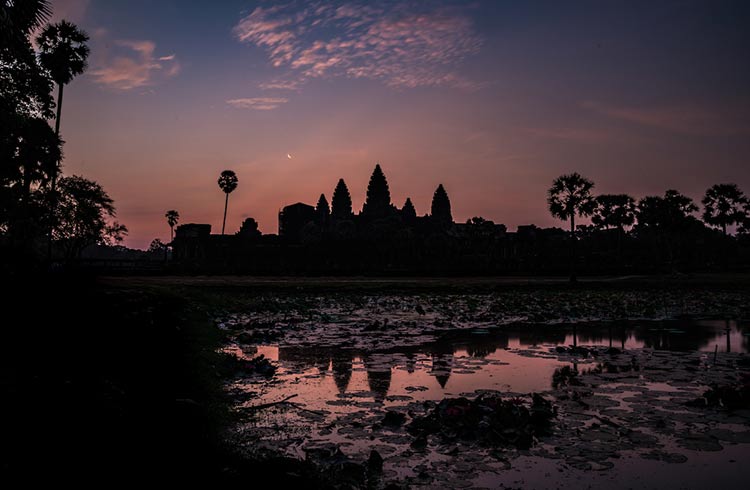 Photo © Kelly Beckta - World Nomads Travel Photography Scholarship
Photo © Kelly Beckta - World Nomads Travel Photography Scholarship
As the gateway to Angkor, Siem Reap is at the top of many travelers' lists. However, the quaint but bustling town and surrounding countryside is home to a host of activities that delve into Cambodia’s rich culture and heritage, making it a destination that I never tire of, despite having traded the UK for the Kingdom of Wonder almost six years ago.
From pristine countryside home to warm and welcoming faces, to sacred mountains, floating villages, markets
- Catch Sunrise at Angkor Archaeological Park
- Refresh in Gushing Waterfalls
- Visit a Floating Village
- Put on Your Haggling Hat
- Homestays
- Making Artisan Pottery
- Pick Fresh Dragon Fruit
- Learn About Landmines
- Sample the Delights of Street Food
- See the Circus
Catch Sunrise at Angkor Archaeological Park
Start your day at Angkor Wat, the world’s largest religious monument, watching the sun peek from behind the 12th-century temple’s iconic towers. While it’s hard to avoid the thousands of people who flock there to capture photographs at sunrise, this is one of those moments that makes jostling the crowds well worth it.
Spend the rest of the day exploring impressive Bayon temple marveling at more than 2,000 giant faces carved into its 54 towers, and root-riddled Ta Prohm – famous for providing the backdrop to Angelina Jolie’s 2001 Lara Croft: Tomb Raider. Keep an eye out for the mysterious stegosaurus etched into Ta Prohm’s walls, which have left historians baffled.

Refresh in Gushing Waterfalls
Phnom Kulen National Park, about 31mi (50km) from Siem Reap, is Cambodia’s most sacred mountain and a place of pilgrimage.
On weekends and religious holidays, locals descend on the holy site to pray and leave offerings at the temple that sits atop the mountain. This is the spot where Khmer Empire founder Jayavarman II declared himself a
A short walk from the temple – which also houses one of the country’s largest reclining Buddhas – you’ll find two waterfalls and swimming spots, with plenty of picnic spots lining the edge of the water. Take a break and refreshing dip before strolling to the nearby River of a Thousand Lingas, where 1,000 carvings of Hindu gods and symbols, believed to date back to the 11th-century reign of King Udayadityavarman, are etched into the stone riverbed.
Visit a Floating Village
The Tonle Sap Lake, southeast Asia’s largest freshwater lake, is home to rare fish and endangered birds, such as painted storks, greater adjutants
Visitors love the village of Kampong Phluk, but for a more off-the-beaten-track experience, head a little further out of town to Kampong Khleang, where villagers offer boat tours, sunset cruises, fishing trips and the chance to spend a night at one of the family’s basic floating homes. Organized tours operate in the area, or you can catch a Tuk Tuk and arrange activities on arrival.
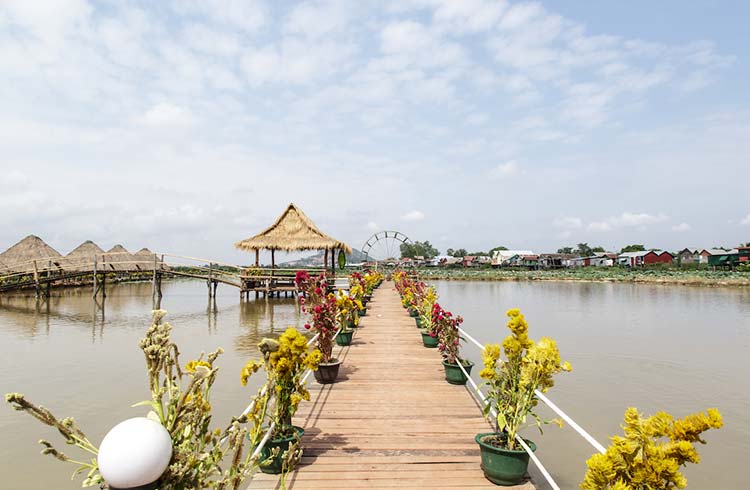
Put on Your Haggling Hat
Markets form an integral part of life in Cambodia, with residents heading to them at the crack of dawn to snap up the freshest ingredients for the day. Phsar Chas is in the center of town and is Siem Reap’s largest market.
While it is more geared towards tourists, it offers an insight into market
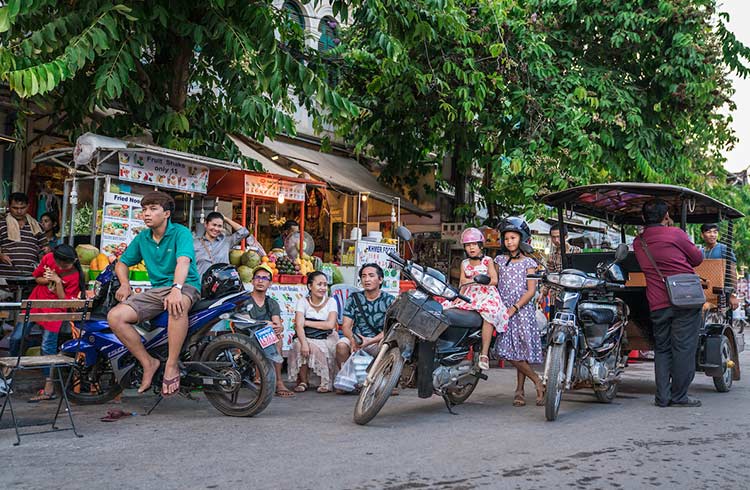
Homestays
Head out of town to Banteay Srei, the embodiment of rural Cambodia, where rice paddies and wooden stilted houses dominate the landscape, with clusters of sugar palms offering shade to grazing buffalo.
In 2016, the Visit Banteay Srei campaign launched a number of homestays, ranging from private villas to a mattress on the floor of a local family home. Here, you can help with daily chores, cycle through the pristine countryside or learn more about the livelihood of villagers. Banteay Srei is about 21 miles (35km) from Siem
Making Artisan Pottery
The intricate artisanal crafts used to build the temples at Angkor Wat Archaeological Park have inspired a wealth of workshops that showcase these traditional techniques. Learn the ancient art and learn the craft of Khmer pottery at a class.
Khmer Ceramics holds daily lessons where visitors can learn how to create an Angkorian bowl from a local artisan, using a traditional wheel. The bowls are polished off by adding Khmer carvings before being fired and glazed, ready to take home the next day.
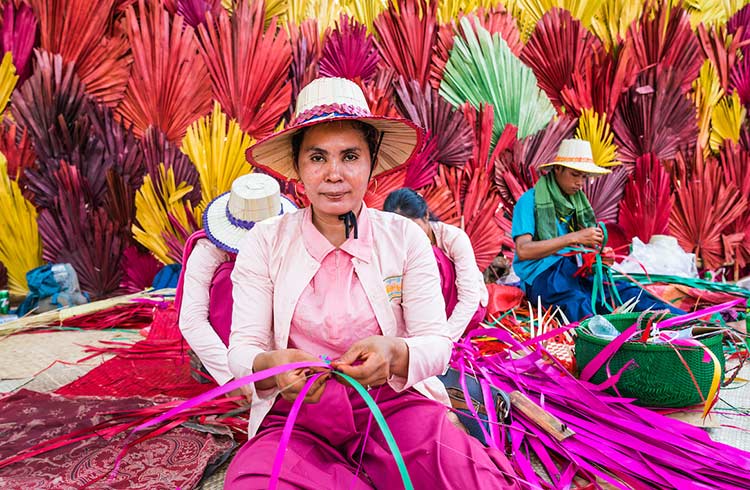
Pick Fresh Dragon Fruit
Gorge on the deliciously sweet, pink superfood at Happy Dragon Farm. The organic farm in Banteay Srei is home to hectares of the cactus-like plants, which produce the sweet and slightly tangy fruit, and welcomes visitors to sample its delights.
After exploring the farm, guests can spend the night and get a home-cooked meal. While this is basic living, nothing quite beats watching the sun melt into the horizon, casting its warm hue across the Cambodian countryside, or waking up to uninterrupted vistas of emerald rice paddies and stretches of farmland.
Learn About Landmines
The Cambodian Landmine Museum serves up a sobering reminder of the country’s bitter past. Operated by curator and deminer Aki Ra, the small museum features displays that highlight the devastating impacts the deadly explosives continue to have on the country.
At its center, sits a large case of mortars, mines and other recovered unexploded ordnance (UXO). Visitors can also attempt to locate deactivated mines at the mock minefield, and view information about the ongoing efforts to rid Cambodia of UXOs.
Standing as the most land-mined country in the world, remote areas of Cambodia – especially along the border with Thailand – remain littered by mines leftover from years of civil war and Khmer Rouge reign, which ended as recently as 1979.
Sample the Delights of Street Food
The many street food vendors that line the streets of Siem Reap serve a selection of local bites, from grilled seafood to pork and rice or noodle dishes.
While the town center is dotted with food carts, step off the tourist trail and eat with locals, who from 5.30pm gather at Road 60, on the outskirts of town. Here you’ll find a long stretch of food stalls offering every kind of local treat. More adventurous foodies can tuck into deep-fried tarantulas, stuffed frogs, crickets and other bugs. A must-try meal is the popular Cambodian dish of num
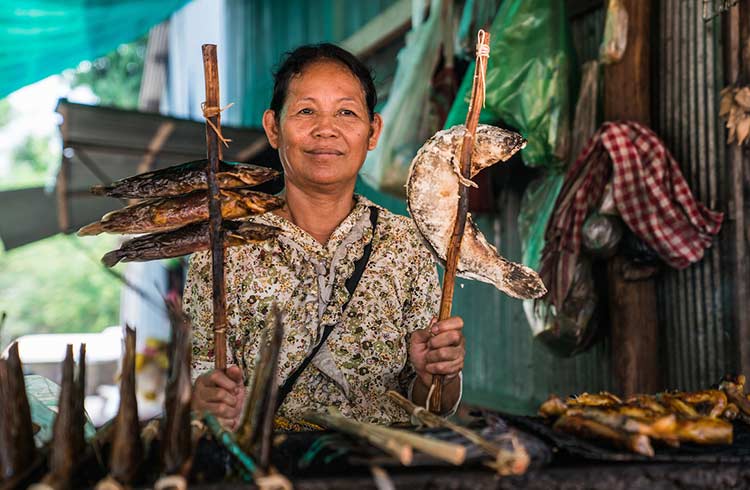
See the Circus
No trip to Siem Reap is complete without catching a performance of Phare, the Cambodian Circus. Every evening at
Related articles
Simple and flexible travel insurance
You can buy at home or while traveling, and claim online from anywhere in the world. With 150+ adventure activities covered and 24/7 emergency assistance.
Get a quote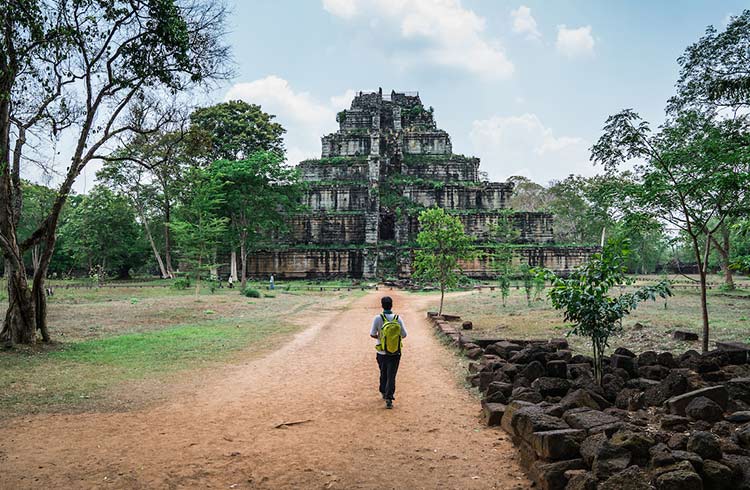
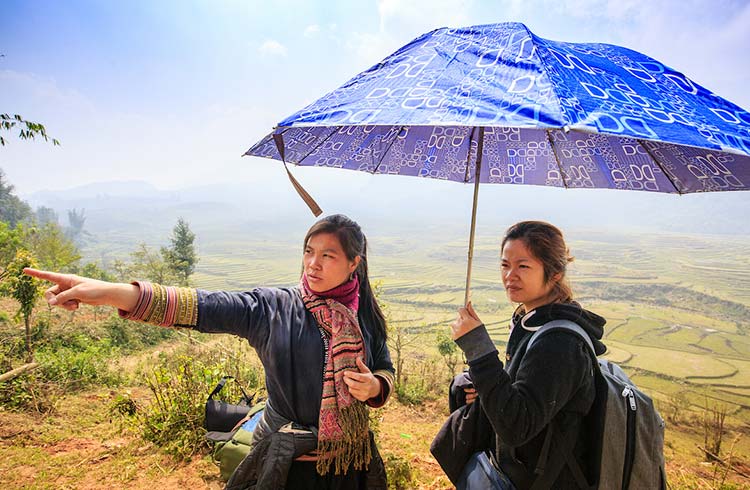

No Comments